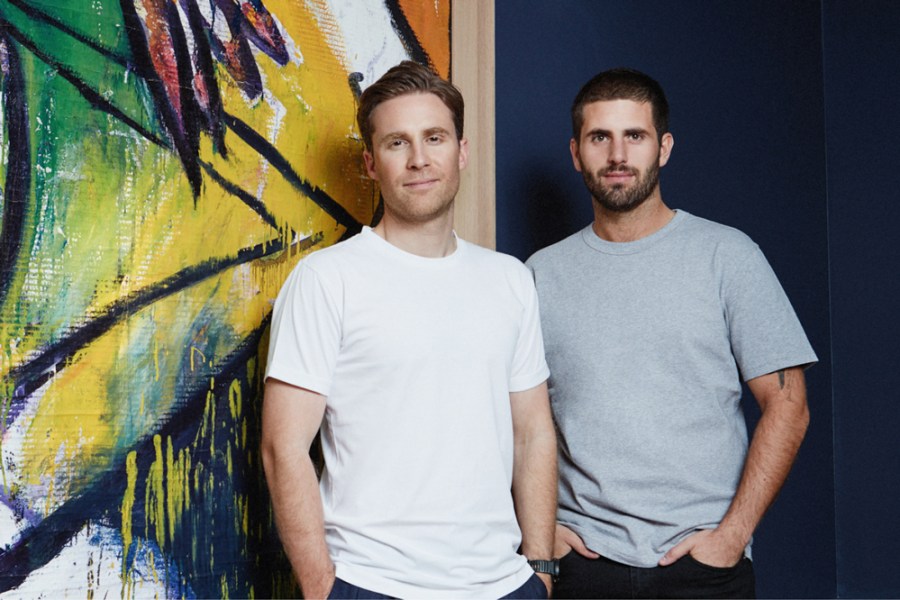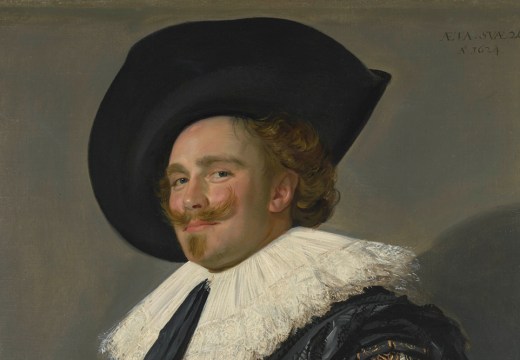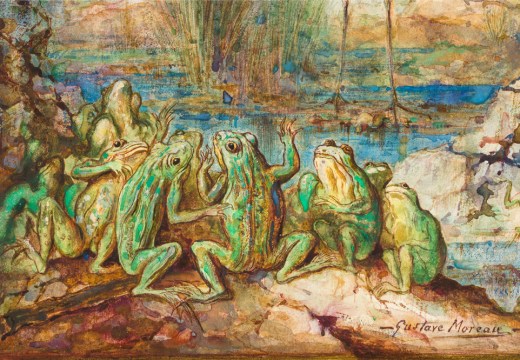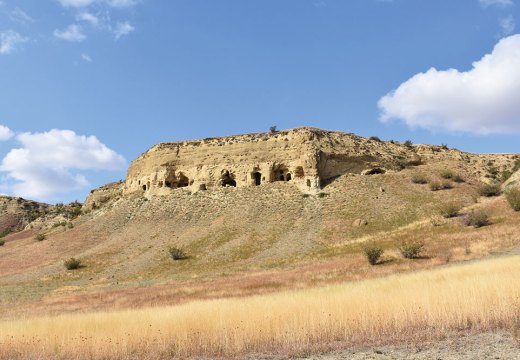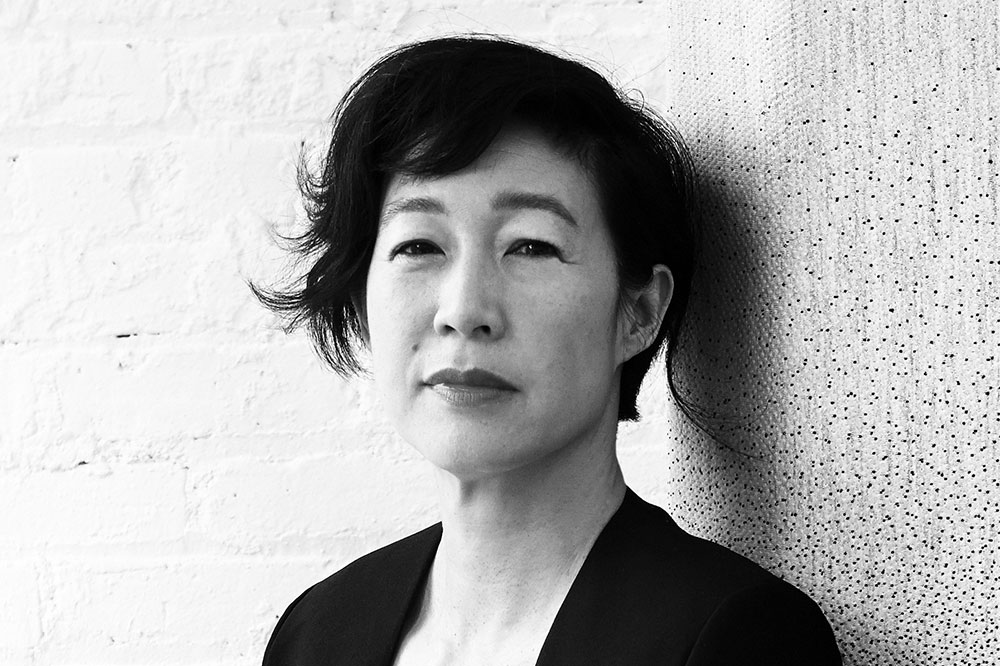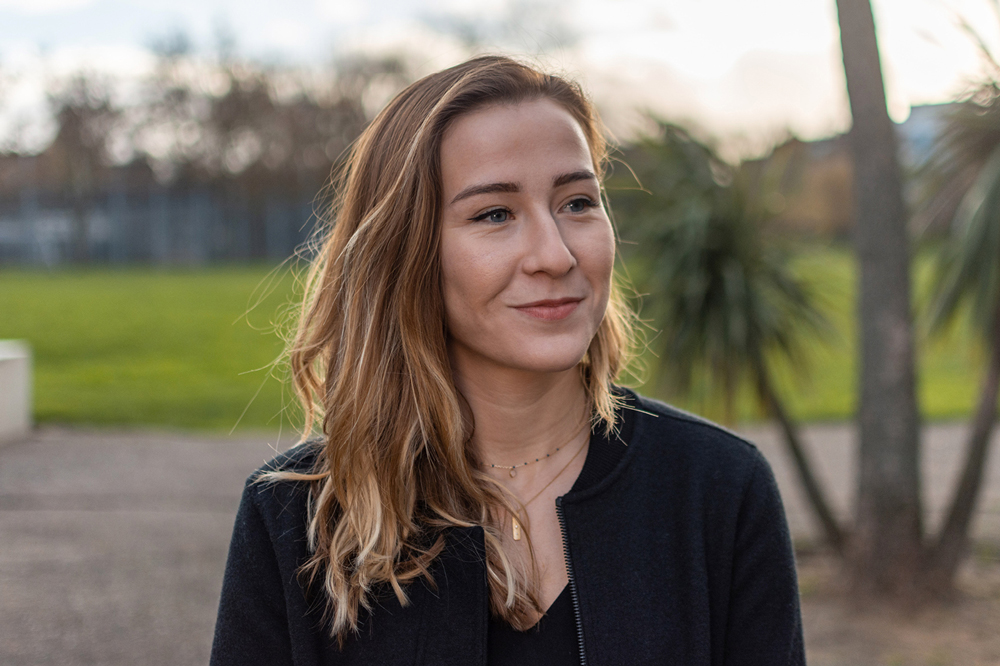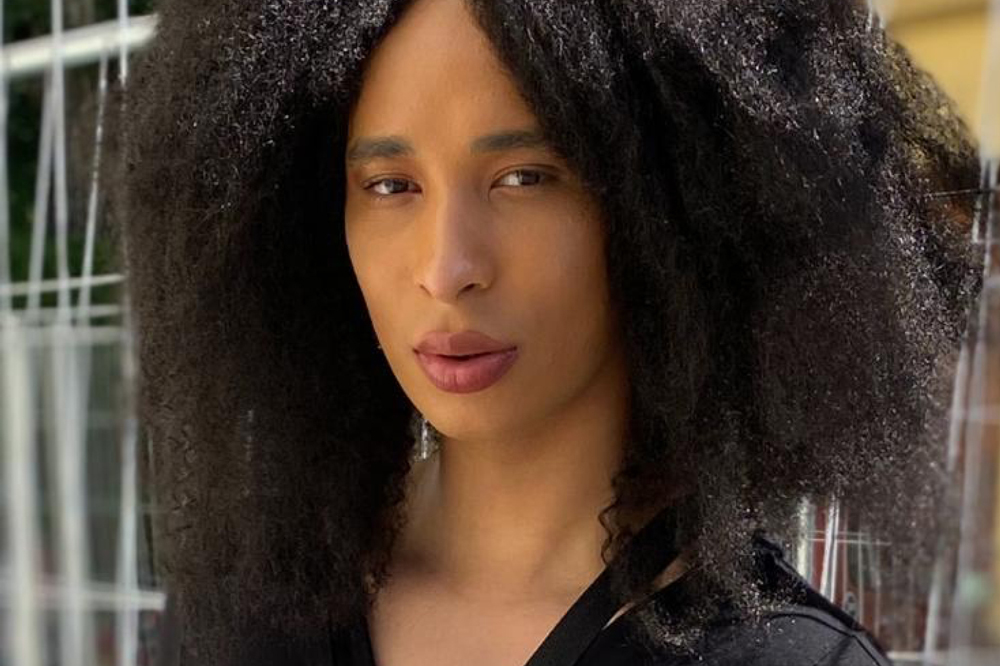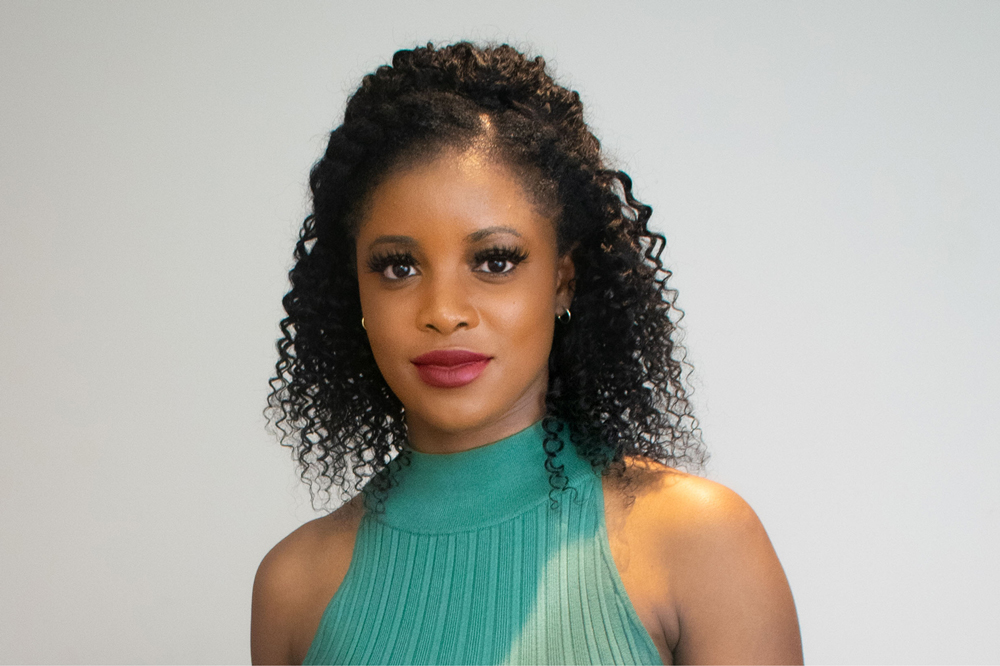Founding Directors, Convelio, Paris
Your company, Convelio, was set up to streamline the cumbersome process of shipping artworks by making use of new technologies, in particular an algorithm you’ve designed. Can you explain, in layperson’s terms, what this technology does?
To understand the technology, it helps first to understand the problem. When we arrived in the art market, we were faced with a series of cumbersome logistics issues. We had to wait at least 48 hours to get shipping rates – which tended to be very expensive – and consignors were usually very active in only one geographic area. We wanted to develop a one-stop shop, from which we could get instant shipping rates that were competitive and international.
The way the algorithm works is that it either exactly calculates or estimates the costs incurred at each step of the value chain. If we want to transport an artwork, antique or design piece from London to New York, we have to pick it up, soft pack it, crate it, and then handle the export customs, freight, import costs, delivery, and installation. Each of these steps is based on certain criteria like where you pick up, where you deliver, the commercial value of the goods, the fragility and the dimensions and so on. The algorithm combines all of these different costs to provide a quote instantly to the end client.
As we’ve grown, we have also realised that technology is bringing in a lot of efficiency. Beyond price calculation, the dispatch algorithm also ensures that the right transport is attributed to the right supplier according to commercial value and supplier bandwidth. All very high level, what we do – that’s the simple answer!
How has the business grown and developed since you started out?
We started four years ago, in September 2017. We were really small to begin with, focusing on antiques for local markets like the Battersea antiques fair or the Puces de Saint-Ouen in Paris. We worked our way up to more complex art transport assignments – just the two of us to begin with, but as of today we have a little over 160 people in our team, spread across our offices in Paris, London and New York.
The pandemic has transformed the way the art market functions in the last 18 months – a period which has also seen you sign deals with major fairs such as the Armory Show, collaborating with them as they work on new ventures into digital displays and sales. Is the kind of flexibility that Convelio provides its clients the key here?
Even if we exclude the effect of Covid-19, the demographics of the art markets are changing. Collectors are becoming younger and younger, and they want to be able to purchase art the way they purchase other items online. There are also more art fairs on the scene, and it’s becoming difficult for collectors to attend them all – not to mention the carbon footprint. If you can buy from anywhere in the world, then the only thing you need to transport is the work of art – not yourself – and we think that that can only be a good thing.
During the pandemic, we’ve seen a number of successful hybrid offerings developed by art fairs. It’s still at the very beginning and there are a lot of things that need to be improved; we’re collectively trying to learn how best to mix the physical and digital. But we think it has changed the art market for good – there is no going back.
You mentioned carbon footprints – how does Convelio work to ensure sustainability in its own practices?
We just launched a climate care-initiative with the goal of reaching net zero. There are a number of initiatives we can implement, starting with the offsetting of our shipments. We have to fundamentally change the way in which we ship, revising the methods that we’re using, the packaging options, the modes of transport and so on. This said, art logistics will never disappear; collectors still want to have their artworks at home. What we need to understand is how to increase efficiency and considerably reduce our carbon footprint. That’s a big focus for the years to come.
What’s the most complicated object you’ve ever been involved in packaging?
We moved an eight- to 10-tonne statue from the UK to China. It had been installed in a park, and throughout the years water had seeped into the little holes lining the statue. It had become incredibly heavy, to the point that we had to get it into metal crates – insanely complex!
Unlimited access from just $16 every 3 months
Subscribe to get unlimited and exclusive access to the top art stories, interviews and exhibition reviews.

